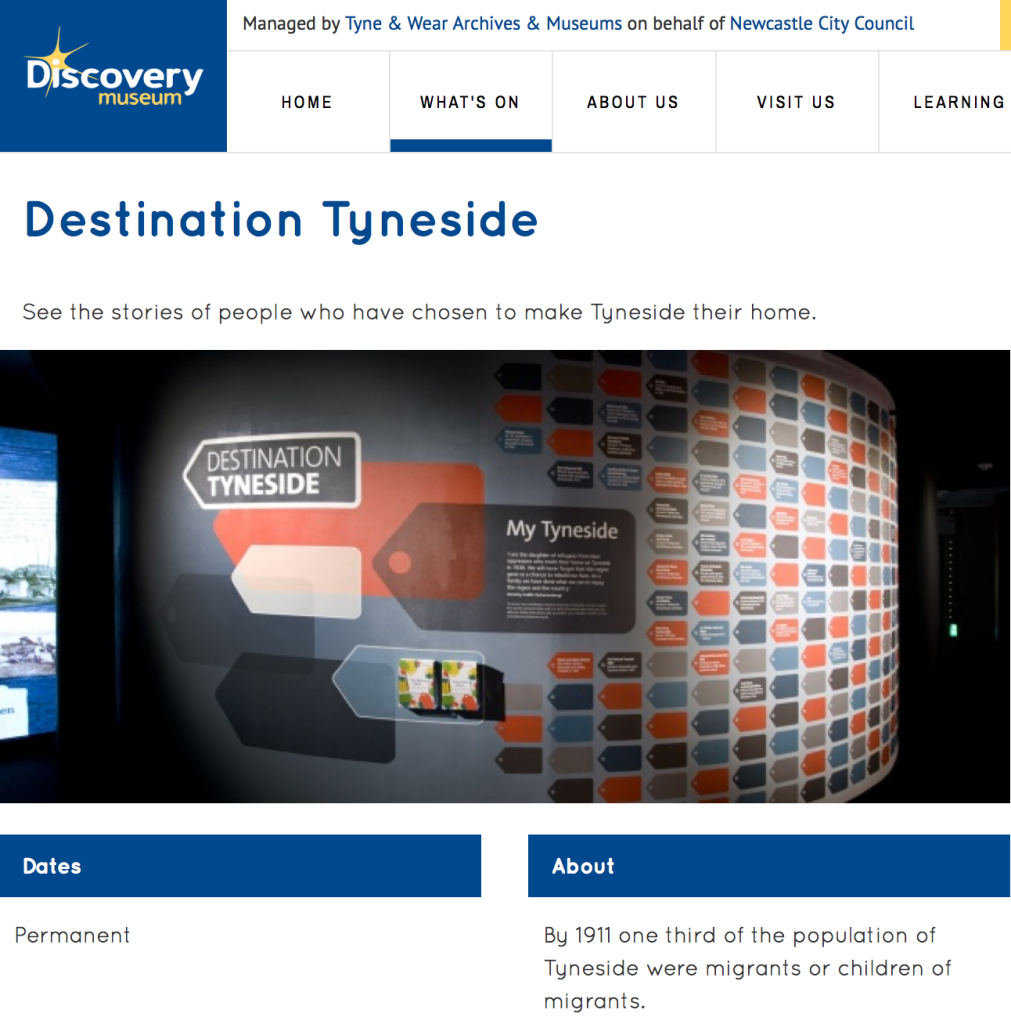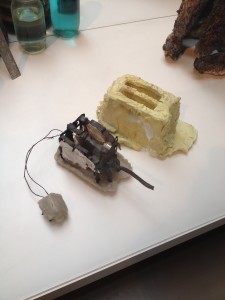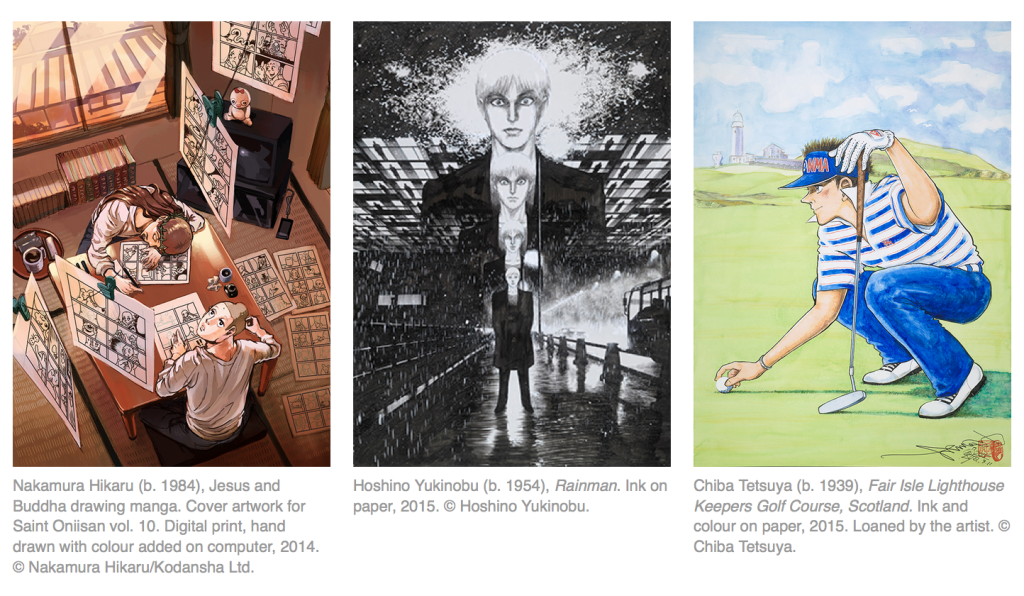Heritage in the 21st Century
Centre for Research in Memory, Narrative and Histories Annual Symposium
University of Brighton
Grand Parade, Brighton
7 February 2015
The programme promised critical analysis of literary guide books, prime-time costume dramas, gourmet vegetables and redesigned bank notes, the cherry on top being a keynote lecture from Professor Robert Hewison (Lancaster University), an academic legend, living and breathing. Professor Graham Dawson (Director of CRMNH) introduced the day by highlighting some issues; heritage is cross disciplinary and “slippery” and has supplanted “culture” as the buzz word du jour, but that doesn’t make it easier to define as, since the 1980s, its meaning has shifted especially in an era of the New Right and consumer capitalism. Plus, “tensions” between practitioners and critics, especially in the museum world, make it more difficult to question orthodoxies; leaving us with a big question to ponder, “how might heritage function in the 21st-century, in an age of austerity and new technology?” Co-convener, Professor Deborah Philips was also looking for definitions; “how do you describe heritage”, and provided a clue from The Oxford English Dictionary, which lists the root of the word as “inherited from the French”. I like that it’s borrowed from the language that also gave us “bureaucracy”, and also that Deborah went to the dictionary. Updating that methodology, the pr-installed Dictionary program on my MacBook includes “property, inheritance, value and preservation” in its definition. Then Deborah complicated the issue by suggesting that heritage has “many competing” definitions, and brought in a Guardian travel supplement offering “culture and heritage tours” as evidence, setting the scene for Hewison’s end of the day lecture. A PDF of the full programme is here.
Continue reading




















